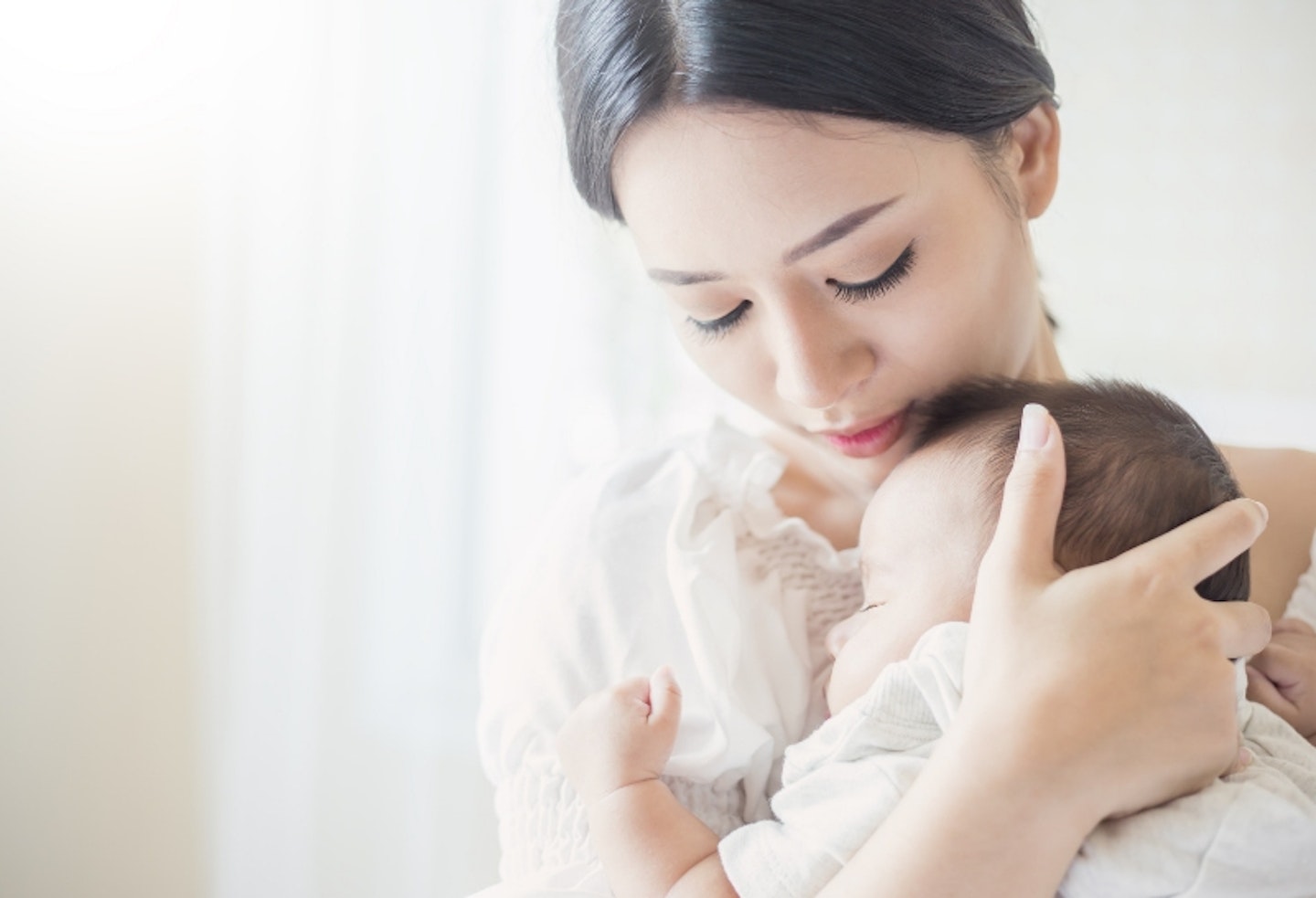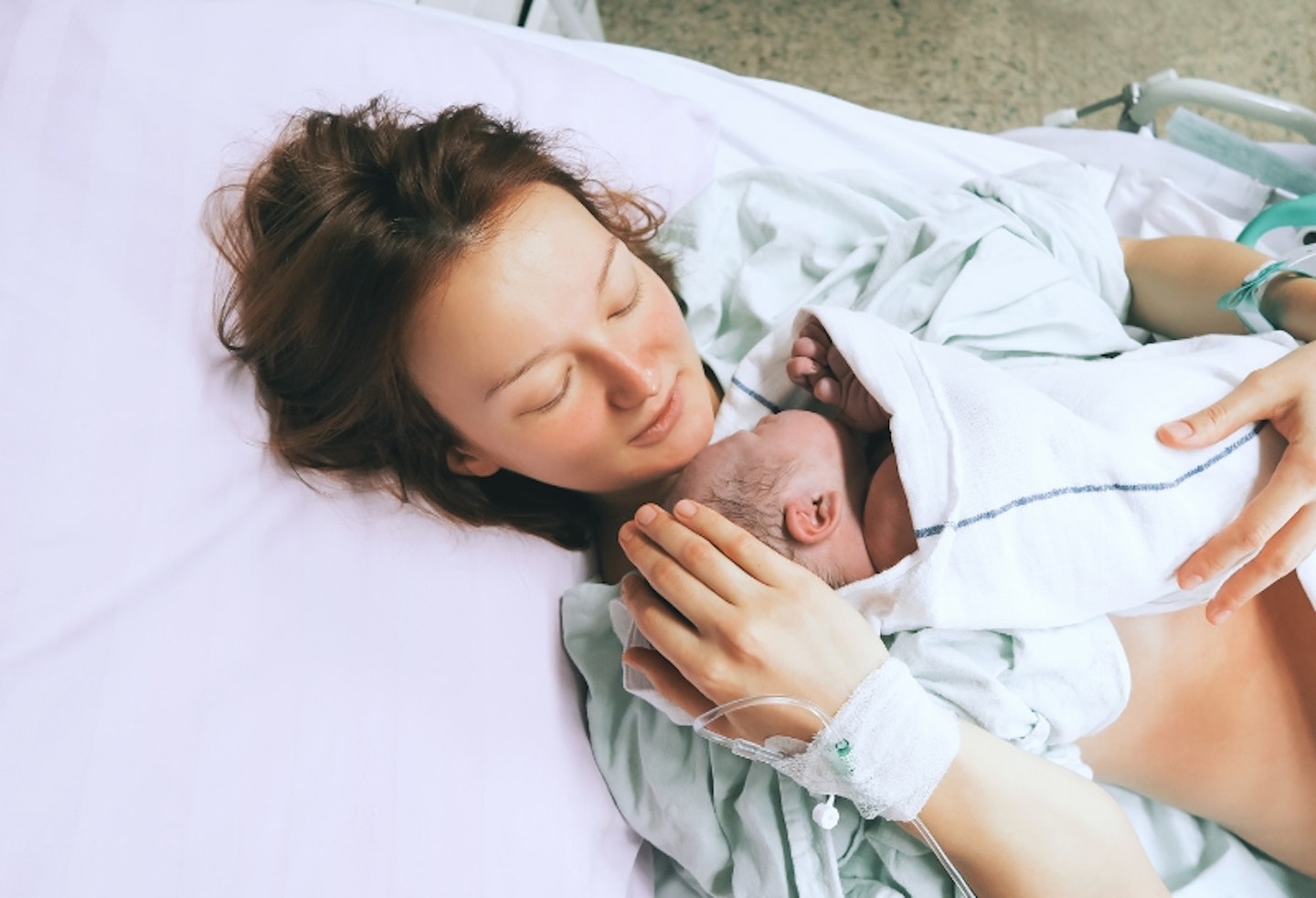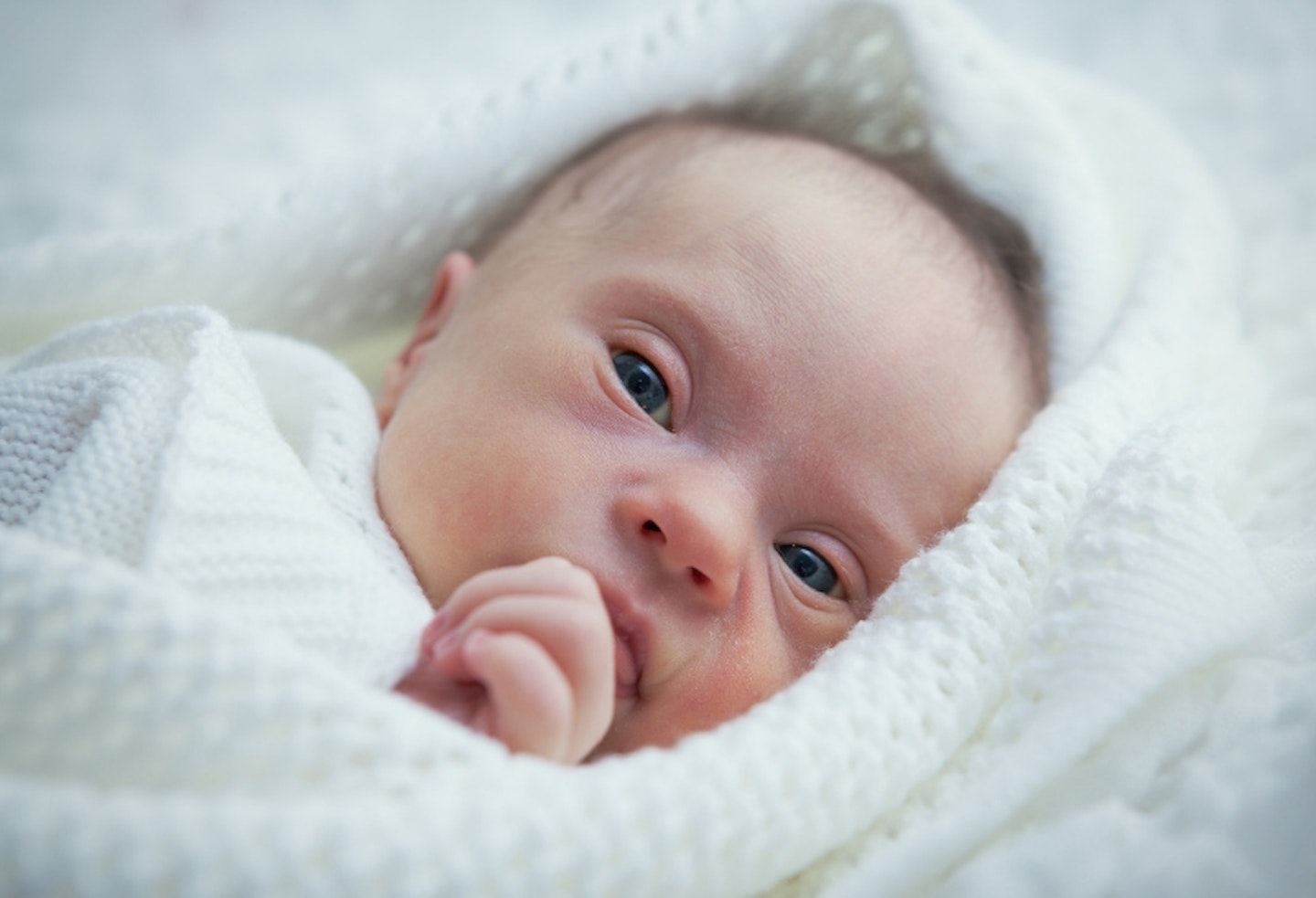When your baby is born they will undergo several newborn check-ups and tests. As well as being weighed and undergoing an in-depth physical examination, the doctor will check the baby's fontanelle. But what exactly is a fontanelle? When you have a baby you are often bamboozled by medical terms that are completely new to you. We are here to clear that up by explaining everything you need to know about fontanelles in newborn babies.
What is a fontanelle?
When a baby is born, their skull bones are not yet joined together firmly. The gaps between these bones are important as they give the bones room to move and overlap during labour when the baby passes through the birth canal. The spaces also allow the baby's brain to grow and develop.
These gaps or spaces are called fontanelles. They often occur at the front on top of the head or at the back. There is no need for parents to worry about touching the fontanelles as although they are often described colloquially as 'soft spots' they are actually very hard to penetrate as they are protected by a strong membrane or layer of tissue.
Healthline explains that "A baby’s soft spots should be relatively firm and curve ever so slightly inward" - if they curve is noticeably inward this may be a sunken fontanelle (see below).

Why are fontanelles important?
Variation or abnormalities in the fontanelles can suggest certain things about your baby's development and health. A nurse or doctor will examine them immediately after birth and during check-ups. The fontanelle can be enlarged, sunken or bulging which can indicate certain diseases or specific health issues in infants. If your baby's fontanelle is sunken, bulging or enlarged it is best to contact a doctor so they can be treated. Some baby's fontanelles may become enlarged if the child is vomiting or has a bug but it is still a good idea to check with a medical professional. Here are some of the health issues and diseases associated with abnormalities in the fontanelle:
Health issues or diseases associated with the fontanelle:
fontanelle and diseases
 1 of 7
1 of 71) Bulging - Encephalitis
A bulging fontanelle can indicate Encephalitis which is swelling or inflammationo of the brain, most often due to infections.
 2 of 7
2 of 72) Bulging or enlarged - Hydrocephalus
A bulging fontanelle can also suggest Hydrocephalus. Hydrocephalus is a buildup of fluid inside the skull. If a baby is born with this it may be caused by a condition such as spina bifida or an infection the mother may have had during prengancy such as mumps or Geman measles. According to the NHS "spina bifida affects one baby in every 1,000 born in Britain. Most of them will have hydrocephalus". Hydrocephalus can cause a number of long-term complications, such as: learning disabilities, impaired speech, memory problems, short attention span, problems with organisational skills, vision problems, problems with physical co-ordination and epilepsy.
 3 of 7
3 of 73) Bulging - Meningitis
Meningitis is an infection of the membranes covering the brain. Some other symptoms as well as a bulging soft spot are a high temperature, very sleepy/hard to wake up, difficulty breathing, shivering, pin-prick rash, refusing to feed (check Mengingitis Research Foundation for a full list).
 4 of 7
4 of 74) Sunken - Dehydration
Dehydration takes place when your body loses more fluid than you drink. The most common cause of water loss from the body is excessive sweating. This condition is considered a medical emergency so urgent care is required.
 5 of 7
5 of 75) Sunken - Malnutriton or Kwashiorkor
Kwashiorkor is a serious form of malnutrition caused by a lack of protein. Malnutrition and dehydration are uncommon in the Western world in comparison to countries with limited supplies of food.
 6 of 7
6 of 76) Enlarged - Down's Syndrome
An enlarged fontanelle might indicate Down syndrome, however there are other factors that would point towards this such as; floppiness (hypotonia), eyes that slant upwards and outwards, a small mouth with a tongue that may stick out or below-average weight and length at birth. According to the NHS Down syndome is a genetic condition that typically causes some level of learning disability and certain physical characteristics.
 7 of 7
7 of 77) Enlarged - Intrauterine Growth Restriction (IUGR)
Intrauterine growth restriction (IUGR) is a condition where an unborn baby does not grow at the normal rate in the womb. This delayed growth means the baby may be at risk or certain health problems such as low resistance to infection, low Apgar score or trouble maintaining body temperature.
When should a fontanelle close?
Gradually, the fontanelles harden and close. According to Health Direct, "The fontanelle at the back of your baby's head usually closes by the time your baby is 2 months old. The fontanelle at the top usually closes sometime between the ages of 7 months and 18 months".
Why does the fontanelle pulsate?
Fontanelles often pulsate although the cause of this is unclear. It often seems to echo the heartbeat and is totally normal. The name fontanelle came from the pulsating action - it is a French borrowing from 'fontenele' meaning 'spring' which relates to a dent or rock in the earth where a spring arises.
What other newborn issues would you like to know about? Let us know on Facebook or Twitter!
Make sure you're following Mother & Baby on Instagram for relatable memes, inspiring stories and parenting hacks!
Have approx 60 seconds to spare? Why not join thousands of mums-to-be and start your very own Amazon baby wish list! They're absolutely free to create and perfect to send to the friends, aunties and your mum to make sure you're getting the baby products you really need...Click here!
